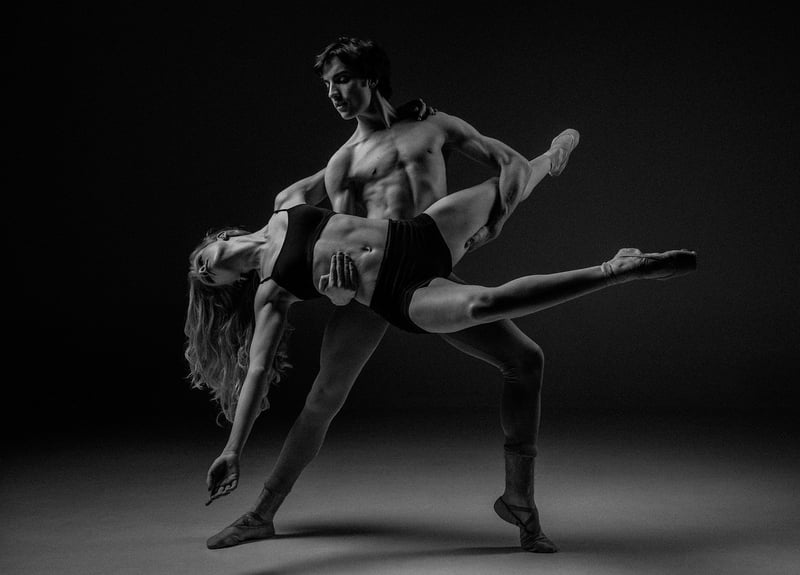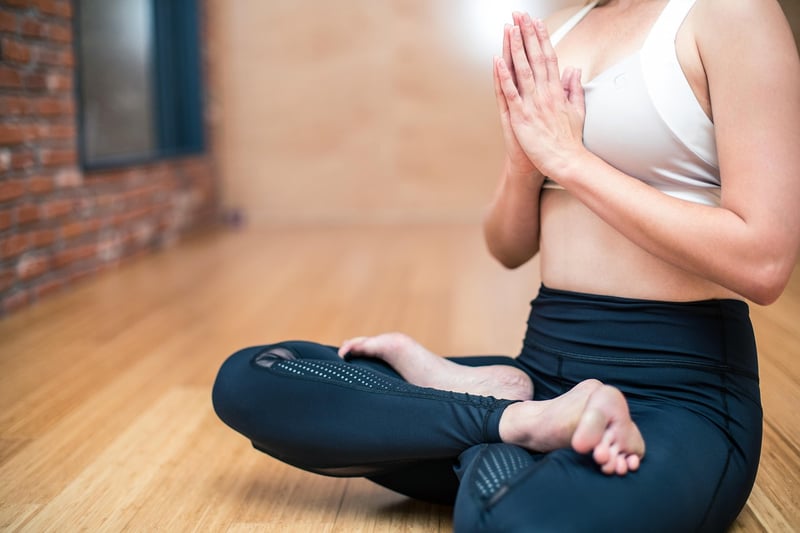Body-Mind Integration
The Healing Power of Dance for Emotional Well-being and Body-Mind Integration
Dance has been used for centuries as a form of expression, celebration, and communication. Beyond its cultural and artistic significance, dance also holds a powerful potential for improving emotional well-being and fostering body-mind integration.
Emotional Well-being
Dancing can be a cathartic release of emotions. The physical movement, rhythm, and expression in dance allow individuals to connect with their feelings in a non-verbal way. Whether it's joy, sadness, anger, or excitement, dance provides a safe space to express and process emotions. This release can lead to a sense of liberation, stress reduction, and improved mood.
Studies have shown that dance can help reduce symptoms of anxiety, depression, and PTSD. The combination of physical activity, creative expression, and social connection in dance can enhance emotional resilience and overall well-being.
Body-Mind Integration
Through dance, individuals can develop a deeper connection between their bodies and minds. The intentional movement patterns, coordination, and focus required in dance help improve body awareness and mindfulness. This integration of physical and mental processes can lead to a greater sense of harmony and alignment within oneself.
By engaging in dance practices like yoga, Tai Chi, or expressive dance forms, individuals can cultivate a holistic connection between their physical, emotional, and mental states. This integration can promote self-awareness, presence, and a sense of wholeness.
Conclusion
Whether you're dancing alone in your room, taking a dance class, or participating in a cultural dance tradition, the benefits of dance for emotional well-being and body-mind integration are profound. So next time you feel the need to lift your spirits or reconnect with yourself, consider putting on your favorite song and letting your body move in response. Dance has the power to heal, transform, and integrate the various aspects of our being.


